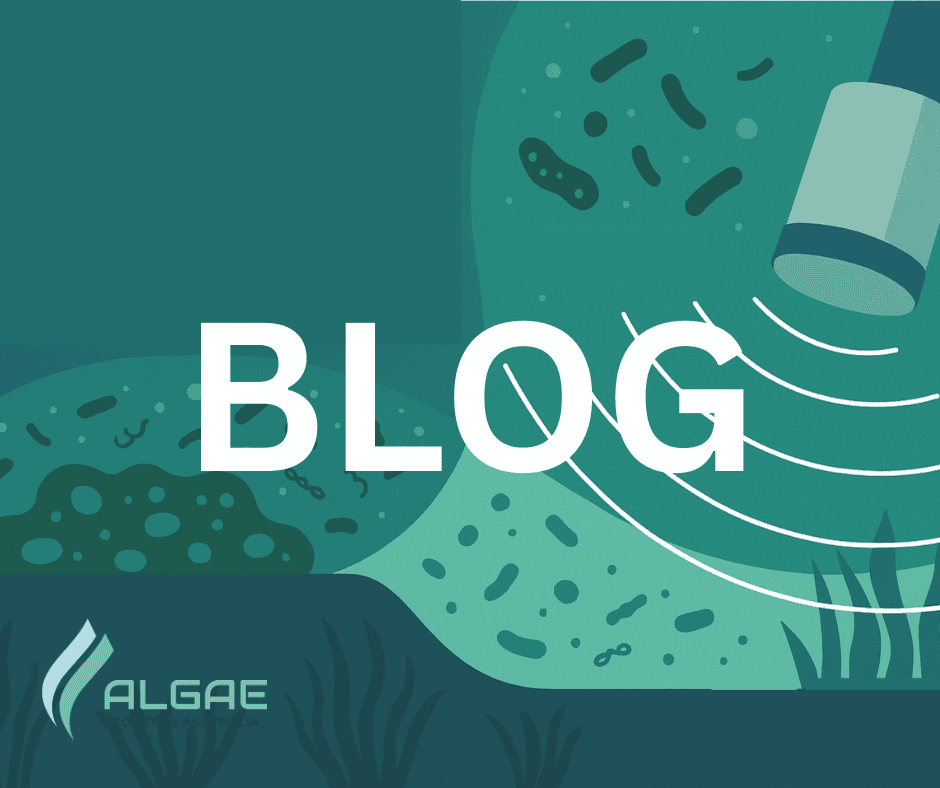Harmful algal blooms are a naturally occurring phenomenon in which algae experience an excess of nutrients and form a bloom, discolouring the water and releasing harmful toxins. These toxins can be fatal to fish and wildlife, pollute the surrounding environment and pose a health hazard to humans that encounter them.
How can you identify an algal bloom?
Usually, an algal bloom will cause the water it is in to discolour, going either blue-green, green or sometimes red. This is a strong visual indicator that there is something amiss, and the water quality should be tested as a matter of urgency.
Sometimes, however, you will notice floating algae masses on top of the water or an increased incidence of dead fish floating at the surface or washed to the banks of the water source. Should this be the case, the water is certainly toxic and requires urgent treatment.
Why algal blooms are a problem
Algal blooms deplete water oxygen levels, starving aquatic life that depends upon a sufficiently oxygenated aquatic environment. These blooms also produce toxins which can cause skin irritation, breathing difficulties and even long-term health issues. They can also poison pets and wildlife that bathe in or drink the contaminated water.
Why ultrasonic algae treatment is the most effective remedy
Unlike chemical treatment, ultrasonic water treatment poses no lasting health risks to the personnel performing the treatment, nor to anybody who in future enters or ingests the water. Chemical water treatment, in contrast, can also harm aquatic animals and wildlife and spillages can contaminate the surrounding environment, which again is not a concern when ultrasound treatment is used instead.
Ultrasonic treatment uses high-frequency sound waves to kill target algal cells, which then drop harmlessly to the water bed without releasing any toxins. It does this by creating microscopic bubbles that disrupt the algae's cellular structure, inhibiting their growth and preventing them from reproducing.
Ultrasonic water treatment not only addresses the immediate issue but can reduce the likelihood of a further bloom occurring by reoxygenating the water and leaving non-target algal species, fish and other aquatic life unharmed. In this way, it offers prevention as well as cure.
Benefits of ultrasound treatment
There are many benefits to ultrasound treatment over the more traditional chemical treatment offerings. These include:
1. Cost
Ultrasonic treatment is a very cost-effective and long-term solution to addressing harmful algal blooms, particularly in recreational water bodies such as fishing or bathing lakes, where human health is a driving priority.
2. Environmentally friendly
In stark contrast to chemical treatment, ultrasound treatment does not harm fish and wildlife and poses no contamination risk to the surrounding environment.
3. Targeted intervention
Ultrasound treatment ensures only harmful algal blooms are targeted for eradication, leaving beneficial microorganisms unaffected and therefore protecting the aquatic ecosystem against unintended consequences.
4. Non-toxic
A major selling point of ultrasound treatment is that it is non-toxic, meaning that as soon as the water quality has been tested and deemed safe after treatment, the public may resume using it for recreational purposes or, in some cases, as drinking water.
5. Versatile
Ultrasonic treatment is an effective solution to algal blooms in a wide variety of aquatic environments, from ponds and lakes to rivers and even coastal ecosystems.
Conclusion
Ultrasonic water treatment is both a preventative measure and a successful remedy to harmful algal blooms, which, if left unchecked, can endanger human water users and wildlife.



